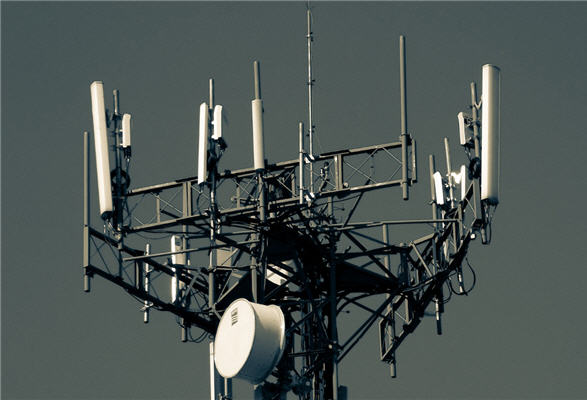Let’s say it right away, even if the advertising communications of mobile operators would have you believe it, for video as for a majority of uses, 5G brings no visible benefit compared to 4G.
At the frequencies authorized for 5G, the transmission throughput from one antenna to another is equivalent to that of 4G. 5G could accept more users per antenna than 4G, but antennas are still largely underutilized in 4G. What users don’t want when watching video is buffering. This is not related to the data rate but to the distance to the antenna.
Who still downloads movies on their mobile? Downloading has been replaced by streaming, and the average playback speed of a movie in HD is 5Mbps. With a 2Gbps connection, a movie won’t play faster! 4G speeds are more than enough to watch movies or series in streaming.
The operators play with the confusion between downloading and streaming. They justify the interest of a higher speed by promoting a use that disappeared (downloading) and ultra-high definition formats that do not make sense on small mobile screens and whose environmental impact is catastrophic.
Some examples in video:
“More speeds for common uses like downloads or video streaming” | https://reseaux.orange.fr/5g-explication
“With a theoretical maximum speed of more than 1 Gb/s for downloads, 5G in the 3.5 GHz band promises video game users or fans of streaming series, movies and sports an ever smoother and faster stream and improved latency. In the future, 4K will be mainstream and 8K will soon become the norm.” | https://www.sfr.fr/reseau-5g/
There is also sometimes talk of reduced latency with 5G. This is the delay between the time you request a video and the time it arrives on your screen. Streaming video is done in chunks of 2 to 30 seconds. A few milliseconds saved at startup won’t make any difference! Even in point-to-point broadcasting (IP calls or video conferencing – including telemedicine), the current average latency of around 120 ms is perfectly acceptable.
There are indeed some very specific industrial uses for which 5G is interesting.
With 5G, operators want to quickly make their network profitable in high-density urban areas rather than improving coverage in rural areas with 4G. 5G will therefore be financed by consumers who do not need it, to make possible some niche uses. By the way, operators who pride themselves on their environmental awareness are promoting uses that emit ever more greenhouse gases.
Concerning mobile video streaming, the problem is the generalization of broadband access, not the increase of the speed or the reduction of the latency. And it can be solved by 4G.
